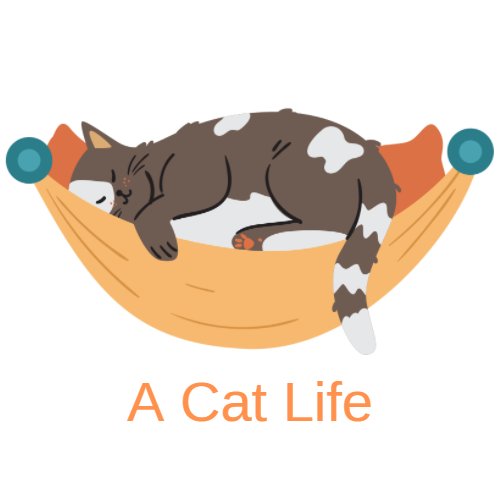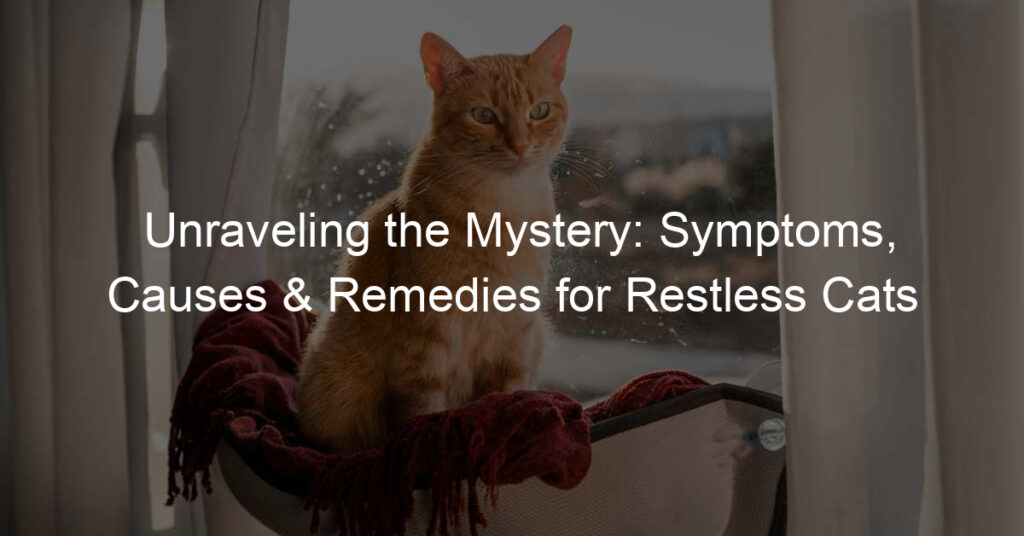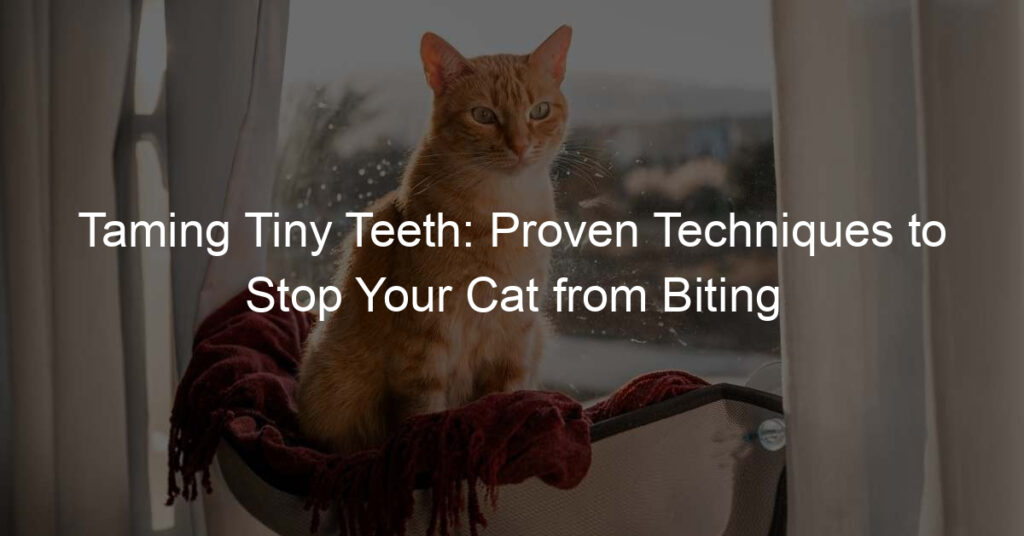
Introduction to Cat Declawing
When it comes to our feline friends, we often make decisions that we believe are in their best interest. One such decision that cat owners often contemplate is declawing. This introductory section will provide a basic understanding of what cat declawing is and the common reasons why some people choose to declaw their cats.
- Definition of Cat Declawing
- Common reasons for Declawing Cats
- Property Protection: Cats naturally scratch to mark territory and keep their claws sharp. This behavior can lead to damage to furniture, carpets, and other household items.
- Personal Safety: Some people declaw their cats to prevent scratches to themselves or their family members, especially if there are small children or elderly individuals in the home.
- Health Reasons: In rare cases, declawing may be medically necessary, such as when a tumor is growing in a cat’s claw.
Declawing, scientifically known as onychectomy, is a surgical procedure that involves the removal of a cat’s claws. This is not a simple nail trim. The process involves amputation of the last bone of each toe, which is equivalent to removing a human’s finger at the last knuckle. It’s a major surgery that requires general anesthesia.
There are several reasons why cat owners might consider declawing. Some of the most common include:
While these reasons may seem valid, it’s important to understand that declawing is a controversial topic with potential risks and alternatives. The subsequent sections will delve deeper into these aspects.
The Truth about Declawing
There are many misconceptions about declawing. Let’s delve into the truth and understand the procedure in detail.
Understanding the Declawing Procedure
Declawing is not a simple nail trim. It is a surgical procedure that requires precision and care. Let’s break it down step by step and discuss the medical tools used.
- Step-by-step explanation of the procedure
- Medical tools used in the procedure
First, the cat is put under general anesthesia. This ensures that the cat does not feel any pain during the procedure. The surgeon then makes an incision in the paw and removes the entire third phalanx, which includes the claw and the bone it grows from. The incisions are closed with stitches or surgical glue, and the paws are bandaged.
The main tools used in a declawing procedure are a scalpel and a surgical laser. The scalpel is used to make the incisions, while the laser helps to minimize bleeding and pain. Other tools include surgical scissors, forceps, and sutures for closing the incisions.
Understanding the procedure helps us realize that declawing is not a simple or painless process. It is a serious surgery that can have significant effects on a cat’s health and behavior.
Immediate and Long-term Effects on Cat Health
Declawing a cat can have both immediate and long-term effects on their health. These effects can be both physical and psychological in nature. Let’s take a closer look at each of these.
- Physical effects
- Psychological effects
Immediately after the declawing procedure, your cat may experience pain and discomfort. They may also have difficulty walking or balancing, as their claws play a crucial role in these activities. In the long term, declawing can lead to changes in your cat’s gait, which can lead to joint problems and arthritis. Additionally, without their claws for defense, cats may be more susceptible to injuries and infections.
Declawing can also have psychological effects on your cat. Cats use their claws for various natural behaviors, such as scratching to mark their territory and stretching their muscles. Without their claws, they may feel vulnerable and stressed. This can lead to behavioral changes such as increased aggression or withdrawal, and problems like inappropriate elimination (peeing outside the litter box) or over-grooming.
In conclusion, declawing can have significant immediate and long-term effects on a cat’s physical and psychological health. It’s important to fully understand these potential risks before making the decision to declaw your cat.
Declawing Risks
Declawing a cat is not a simple procedure. It’s a major surgery that carries significant risks. Let’s delve into the potential risks that can occur during the declawing procedure.
Risks during the Declawing Procedure
Like any surgery, declawing involves certain risks that can occur during the procedure itself. The two main risks are anesthesia risks and post-surgery infection risks.
- Anesthesia Risks
- Post-surgery Infection Risks
Anesthesia is necessary during the declawing procedure to ensure the cat doesn’t feel pain. However, it’s not without risks. Every cat reacts differently to anesthesia. Some cats may experience side effects like nausea, vomiting, or difficulty breathing. In rare cases, cats may have an allergic reaction to the anesthesia, which can be life-threatening.
After the declawing procedure, there’s a risk of infection. The cat’s paws are very sensitive and prone to infection if not properly cared for post-surgery. Signs of infection include redness, swelling, and discharge from the surgical site. If not treated promptly, an infection can spread and become a serious health issue.
In conclusion, declawing a cat is a serious decision that should not be taken lightly. It’s important to understand the risks involved and consider alternatives to declawing. In the next section, we will discuss long-term risks and complications of declawing.
Long-term Risks and Complications
Declawing is not just a simple procedure; it can have long-term effects on your feline friend. Let’s delve into the two main long-term risks and complications that can arise from declawing.
- Changes in Cat Behavior after Declawing
- Health Complications
After declawing, your cat’s behavior may change significantly. This is because declawing is not a simple nail trim, but a surgical procedure that removes the last bone of each toe. This can lead to a lot of pain and discomfort for your cat, which can in turn lead to changes in behavior.
For instance, your cat might become more aggressive or withdrawn. They may also develop a fear of their litter box, as the sand can irritate their sensitive paws after surgery. This could lead to them avoiding the litter box and having accidents around the house.
Moreover, cats use their claws for various activities such as climbing, playing, and defending themselves. Without their claws, they may feel vulnerable and insecure, which can lead to stress and anxiety.
Declawing can also lead to various health complications. The procedure can cause nerve damage and chronic pain. In some cases, the bone may not heal properly, leading to a condition known as ‘bone spurs’. This can cause your cat to experience constant pain whenever they walk or jump.
Additionally, declawing can lead to back pain and arthritis. This is because, without their claws, cats have to alter the way they walk, which can put extra strain on their back and joints.
Lastly, if the surgery is not done correctly, the claws can grow back in a deformed manner, which can cause even more pain and complications.
In conclusion, declawing is not a risk-free procedure. It can lead to significant changes in your cat’s behavior and cause various health complications. Therefore, it is essential to consider these long-term risks and complications before deciding to declaw your cat.
Declawing Alternatives
Declawing is a controversial procedure that many cat owners consider due to their pets’ destructive scratching habits. However, there are several non-surgical alternatives to declawing that can help protect your furniture and keep your cat happy and healthy.
Non-Surgical Alternatives
Non-surgical alternatives to declawing can be just as effective, if not more so, than the procedure itself. They are also less risky and can contribute to a better quality of life for your cat. Here are two of the most common non-surgical alternatives:
- Use of Scratching Posts
- Regular Nail Trims
Scratching posts can be a great alternative to declawing. They provide a designated area for your cat to scratch, which can help protect your furniture. Scratching posts come in a variety of shapes and sizes, and many are infused with catnip to attract your cat to them. It’s a good idea to place scratching posts near the areas where your cat usually scratches.
Regular nail trims can also be an effective alternative to declawing. By keeping your cat’s nails short, you can reduce the damage they can do when they scratch. It’s important to trim your cat’s nails carefully to avoid cutting into the quick, which can cause pain and bleeding. If you’re not comfortable trimming your cat’s nails yourself, you can have a professional do it for you.
Both of these non-surgical alternatives can help manage your cat’s scratching behavior without resorting to declawing. They are also more humane and can contribute to a better quality of life for your cat.
Behavioral Training as an Alternative
Behavioral training is a humane and effective alternative to declawing. It involves teaching your cat appropriate behaviors and discouraging unwanted ones. Let’s delve into the training techniques and the benefits of training over declawing.
- Training Techniques
- Clicker Training: This involves using a device that makes a ‘click’ sound to signal to your cat that they’ve done something right. The click is followed by a reward, such as a treat.
- Target Training: This involves teaching your cat to touch a target with a part of its body, like its paw or nose. It’s a great way to teach your cat to use a scratching post instead of your furniture.
- Lure Training: This involves using a toy or treat to guide your cat into performing a desired behavior. For example, you can use a toy to lure your cat to a scratching post.
- Benefits of Training Over Declawing
- Preserves Natural Behavior: Scratching is a natural behavior for cats. It helps them stretch their muscles and mark their territory. Training allows your cat to continue this natural behavior in a way that doesn’t damage your furniture.
- Improves Bonding: Training your cat can strengthen your bond. It’s a way to communicate with your cat and understand their needs better.
- Avoids Health Risks: Declawing can lead to long-term health problems for cats, including pain and behavioral issues. Training is a risk-free alternative.
Training a cat requires patience, consistency, and positive reinforcement. Here are some techniques:
Training your cat offers numerous benefits over declawing. Here are a few:
Case Studies on Feline Declawing
Let’s delve into two case studies that highlight the effects of declawing on cats and the success of alternative methods.
-
Case Study 1: Negative Impacts of Declawing
Meet Whiskers, a playful and energetic domestic short-haired cat. Whiskers was declawed at a young age due to her owner’s concerns about furniture damage. Post-declawing, Whiskers’ behavior changed drastically.
She became less active and showed signs of discomfort while walking. Her playful nature diminished, and she started avoiding her favorite activities like climbing and jumping. Whiskers also started showing signs of aggression, which was unusual for her.
Upon consultation with a vet, it was discovered that Whiskers was experiencing post-declawing complications. The pain from the surgery was causing her discomfort and her behavior changes were a result of the distress she was experiencing.
This case study highlights the potential negative impacts of declawing on a cat’s physical and emotional well-being.
-
Case Study 2: Successful Use of Alternatives
Now, let’s look at the story of Bella, a lively Siamese cat. Bella’s owner was initially considering declawing due to Bella’s scratching habits. However, after researching the potential risks and complications associated with declawing, Bella’s owner decided to explore alternatives.
They introduced Bella to scratching posts and pads, which redirected her scratching behavior. They also used soft nail caps, which are humane and non-surgical alternatives to declawing. These caps prevented Bella from causing damage while still allowing her to exhibit her natural scratching behavior.
With patience and consistency, Bella’s owner was able to successfully manage her scratching behavior without resorting to declawing. Bella continues to be a happy and healthy cat, enjoying her natural behaviors without causing any damage.
This case study demonstrates that with the right approach and alternatives, declawing can be avoided while still managing a cat’s scratching behavior effectively.
These case studies serve as a reminder that declawing can have serious negative impacts on a cat’s well-being, and that there are successful, humane alternatives available. As cat owners, it’s our responsibility to explore these alternatives and make informed decisions for our feline friends.
Key Takeaways on Cat Declawing Considerations
As we conclude our discussion on cat declawing, it’s important to highlight the main points we’ve covered. These key takeaways will help you make an informed decision about your cat’s health and well-being.
- Importance of Understanding the Truth about Declawing
- Consideration of Risks Before Opting for Declawing
- Exploration of Alternatives to Declawing
Declawing is not a simple nail trim. It’s a surgical procedure that involves the removal of the last bone of each toe. This can lead to serious physical and behavioral problems in cats. It’s crucial to understand the truth about declawing and not fall for misconceptions that it’s a harmless procedure.
Declawing comes with a host of risks. These include pain, infection, tissue necrosis, lameness, and behavioral changes. It’s essential to weigh these risks against the perceived benefits before deciding to declaw your cat. Remember, once done, declawing is irreversible.
There are many alternatives to declawing that can help manage your cat’s scratching behavior. These include regular nail trims, providing scratching posts, using soft nail caps, and employing behavior modification techniques. Exploring these alternatives can save your cat from the pain and trauma of declawing.
In conclusion, cat declawing is a serious decision that should not be taken lightly. It’s important to fully understand the procedure, consider the risks, and explore alternatives before making a decision. Your cat’s health and happiness depend on it.
Conclusion: Cat Care and Declawing
As we conclude this comprehensive guide on cat care and declawing, it’s essential to remember that our feline friends rely on us to make the best decisions for their health and happiness. Let’s take a moment to reiterate and reflect on the key points we’ve discussed.
- Reiteration of the importance of informed decisions
- Final thoughts on cat health and happiness
Throughout this article, we’ve emphasized the importance of making informed decisions when it comes to cat care, particularly declawing. Declawing is not a simple nail trim; it’s a surgical procedure that can have significant implications for a cat’s physical and emotional well-being. As responsible cat owners, we must weigh the risks and benefits, consider alternatives, and consult with professionals before deciding.
Cat health and happiness go hand in hand. A healthy cat is a happy cat, and vice versa. Declawing can potentially disrupt this balance. Therefore, it’s crucial to explore other options like scratching posts, nail caps, and regular nail trims to manage your cat’s scratching behavior. Remember, our ultimate goal is to ensure our cats lead a comfortable, pain-free life full of joy and contentment.
In conclusion, cat care is a responsibility that requires knowledge, patience, and love. Declawing is a decision that should not be taken lightly. Let’s strive to make choices that prioritize our cat’s overall well-being, ensuring they live their nine lives to the fullest.








